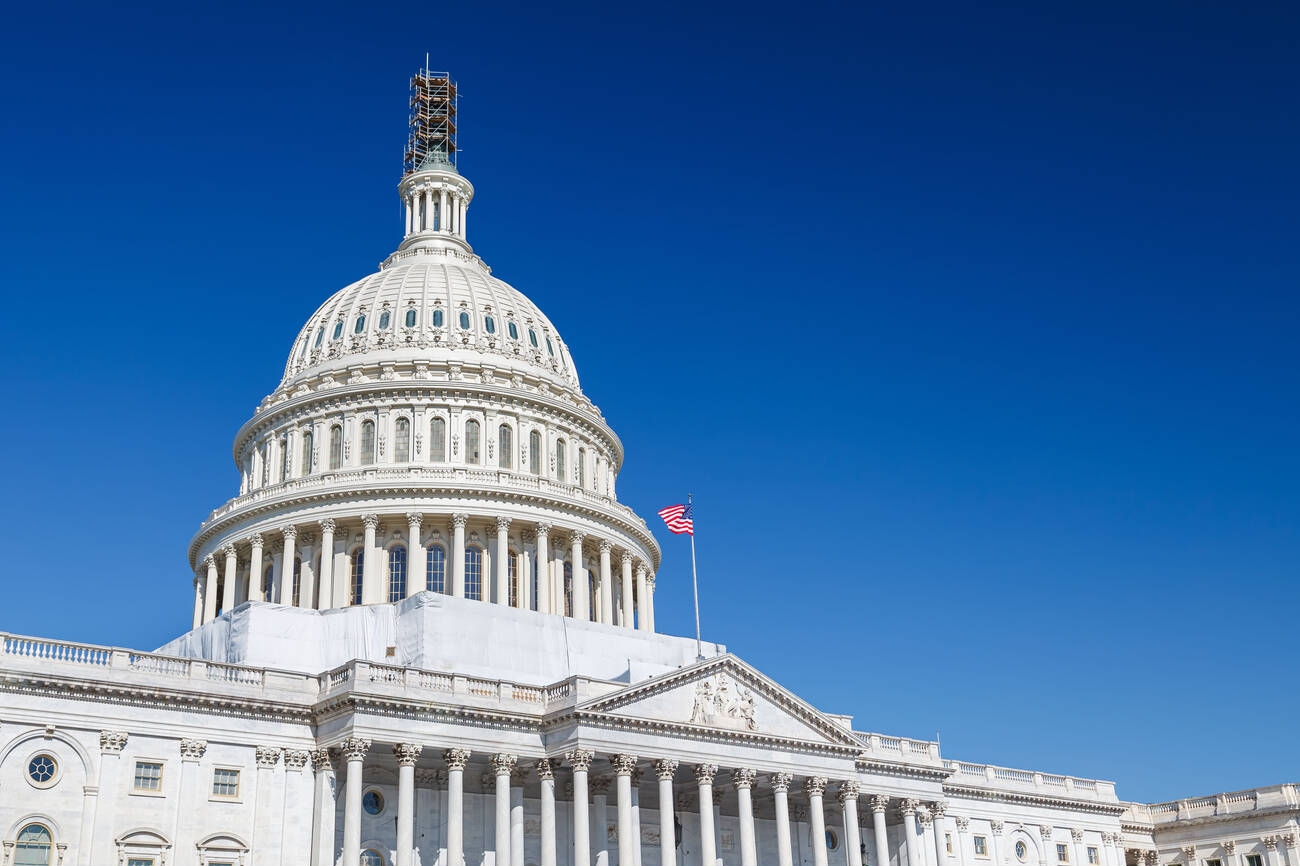Corporate fraud dominates financial news, yet few studies have looked at whether chief executive officers who appoint their own top lieutenants are more inclined to act illegally.
New research by Ross Professor E. Han Kim and U-M Law School colleague Vikramaditya Khanna found that the more top executives a CEO appoints, the higher the probability of fraud. Also, that fraud has a lower likelihood of detection.
“CEOs who commit fraud don’t act alone,” said Kim, the Everett E. Berg Professor of Business Administration. “We wanted to focus on white-collar crime and the soft influence CEOs have over their top executives. We found the more closely connected they are, the easier it is to bypass controls.”
Kim’s estimate found that a firm with all four executives appointed by the CEO during his or her tenure has about a 35 percent higher incidence of fraud and a 20 percent lower likelihood of detection than a firm with none of the executives appointed by the CEO.
“Committing fraud and keeping it from view requires coordination,” Kim said. “When the CEO and the top executives are closely connected, the coordination costs go down. It’s also easier to influence others to obfuscate. This is what social scientists call social influence. It relies on norms of liking and social consensus to shape decision making.”
Kim, Khanna, and their co-authors also found that standard internal and external monitoring systems used by auditors and boards aren’t successful at detecting fraud by a connected CEO. If a board is overseeing a connected CEO, any uncovering of possible fraud will take more effort.
Even when fraud is discovered, the connected CEO is less likely to be fired, they said.
The study found that the probability of a CEO’s firing following fraud discovery is 30 percent lower when all four top executives were appointed by him or her than at a firm where none of the top lieutenants have that connection.
“Boards, regulators and investors need to be aware of this,” said Kim, who has served on a number of boards. “Corporate directors and auditors aren’t finding the wrongdoing, and they are the first line of defense. Hopefully, we can change their perspective. Network connections among executives have benefits, but we’ve shown that the connections built through personnel decisions by the CEO magnify the risk of corporate fraud.”
To determine connectedness and fraud, Kim, Khanna, and colleagues looked at a sample of publicly traded companies from 1996-2006.
Their paper, “CEO Connectedness and Corporate Frauds,” was co-authored by Yao Lu, associate professor of finance at Tsinghua University School of Economics and Management in China, and a research fellow at the Mitsui Life Financial Research Center at the Ross School.
The full study is available on the website of the University of Michgan’s Ross School of Business.
Thanks for reading CPA Practice Advisor!
Subscribe Already registered? Log In
Need more information? Read the FAQs
Tags: Accounting, Auditing



